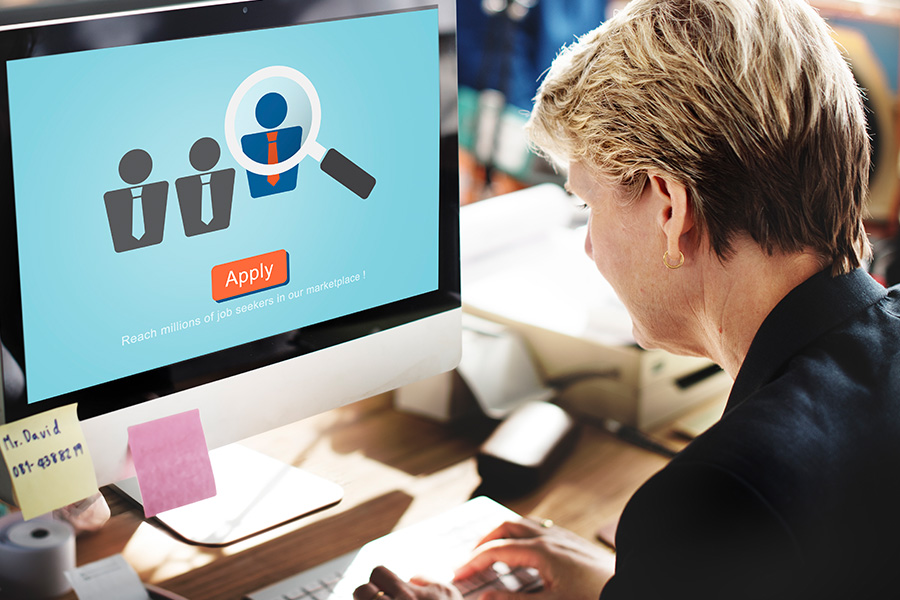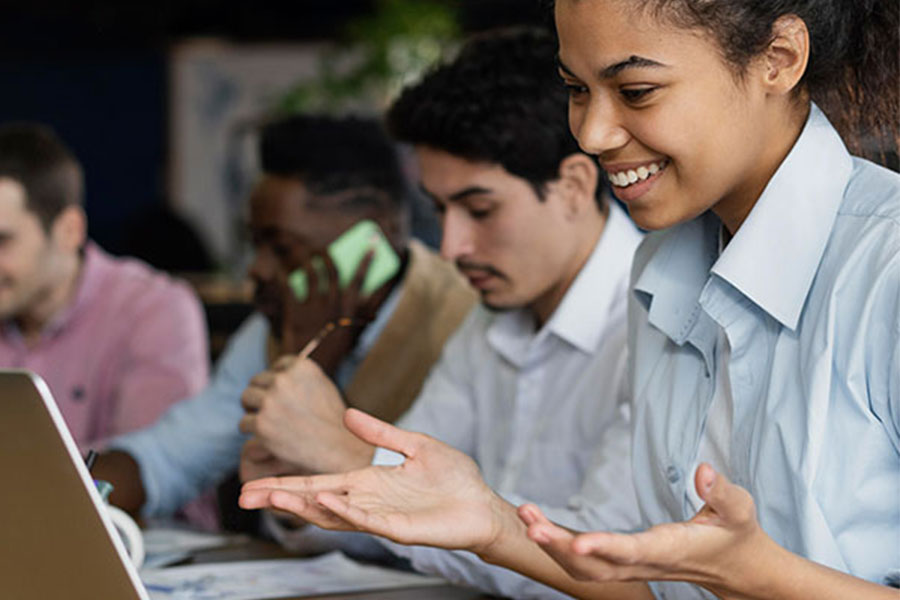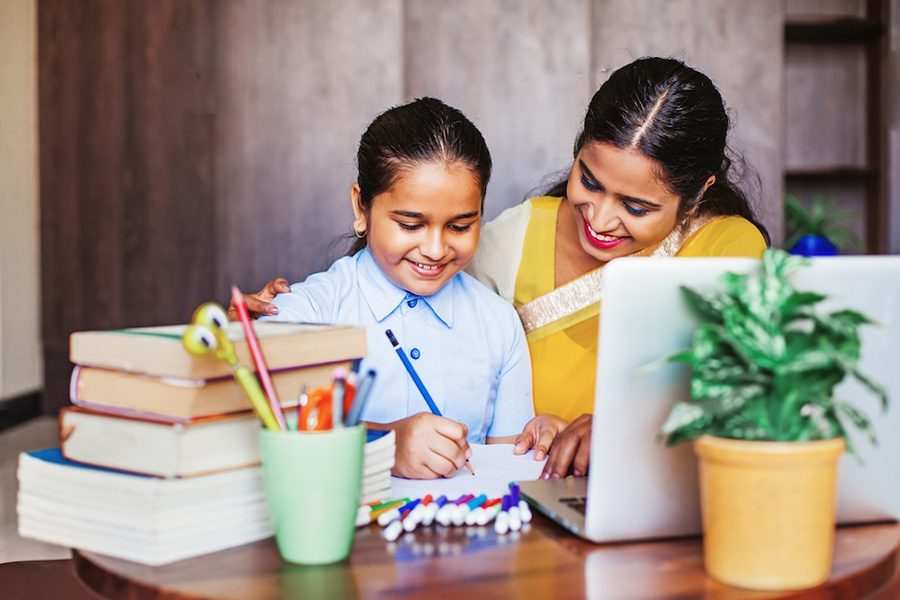Hire Teachers
Get Teaching Jobs
Teacher / Lecture / Principal
How Teachers Can Support Students with Learning Disabilities
November 22,2023

In the varied world of teaching, it's important for teachers to adjust how they teach to fit each student's special needs. For those with learning disabilities, this adaptability becomes even more critical. To apply techniques in your classroom, nevertheless, you do not need to hold a medical license. Understanding any learning difficulties in your classroom is essential to your kids' progress, regardless of whether you are dealing with a calm, reserved youngster or one who is disruptive.
Understanding Learning Disabilities:
Before delving into strategies, it's crucial to comprehend the various types of learning disabilities such as dyslexia, ADHD, dyscalculia, and more. Each disability presents distinct challenges, and recognizing these differences is the first step toward providing tailored support.
It is our responsibility as educators to provide kids with learning disabilities with the social and emotional support they require to overcome these obstacles. Over time, overcoming obstacles like learning disabilities can foster children's resilience and strength.
Creating an Inclusive Classroom Environment:
Encourage Open Communication:
1. Establishing a safe and supportive atmosphere is paramount. Encourage students to openly discuss their learning challenges without fear of judgment.
2. Regular check-ins can offer insights into individual needs, enabling proactive support. Give them space and time to experiment on their own after you have introduced them to particular subjects or methods.
Implementing Differentiated Instruction:
1. Recognize and embrace diverse learning styles within the classroom.
2. Customize lesson plans and assignments to suit different learning styles, making sure every student can participate fully.
Understand Individual Learning Needs
Each student is special, and teachers should grasp the particular learning needs and preferences of students with learning disabilities. Collaborate with parents, educational psychologists, and the learning support team to gain insights into each student's strengths, challenges, and recommended teaching strategies.
Leveraging Assistive Technology:
Text-to-Speech Software:
1.For students grappling with dyslexia, text-to-speech tools can be transformative.
2.These applications improve understanding and help overcome challenges related to reading difficulties by turning written text into spoken words.
Graphic Organizers:
1.Assistive technology, such as graphic organizers, proves beneficial for students with ADHD or executive functioning challenges.
2.Visual aids help structure information, aiding in better understanding and organization.
Promoting a Positive Mindset:
Celebrating Achievements:
1.Paying attention to both minor and major achievements plays a key role in nurturing a positive mindset.
2.Recognition of effort and improvement cultivates a growth-oriented approach to learning.
Fostering Peer Support:
1.Peer understanding and support are invaluable. Teachers can play a role in educating classmates about learning disabilities, fostering empathy and collaboration.
2.Encouraging cooperative learning experiences strengthens the sense of community within the classroom. In this supportive atmosphere, students gain confidence and feel inspired to persist in their pursuit of academic achievement.
Continuous Professional Development:
Staying Informed:
1.The educational landscape is dynamic, and staying informed about the latest research and strategies is crucial.
2.Teachers should actively seek professional development opportunities, attending workshops, seminars, and online courses to enhance their knowledge and skills.
Conclusion:
Establishing and maintaining a positive relationship between educators and students is essential in supporting kids who struggle with learning. By adopting inclusive practices, leveraging technology, collaborating with support services, and nurturing a positive mindset, educators can create classrooms where students with learning disabilities not only succeed but flourish. Every student is unique, and with the right strategies, teachers can unlock the vast potential of each learner, contributing to a more inclusive and enriching educational experience for all.









